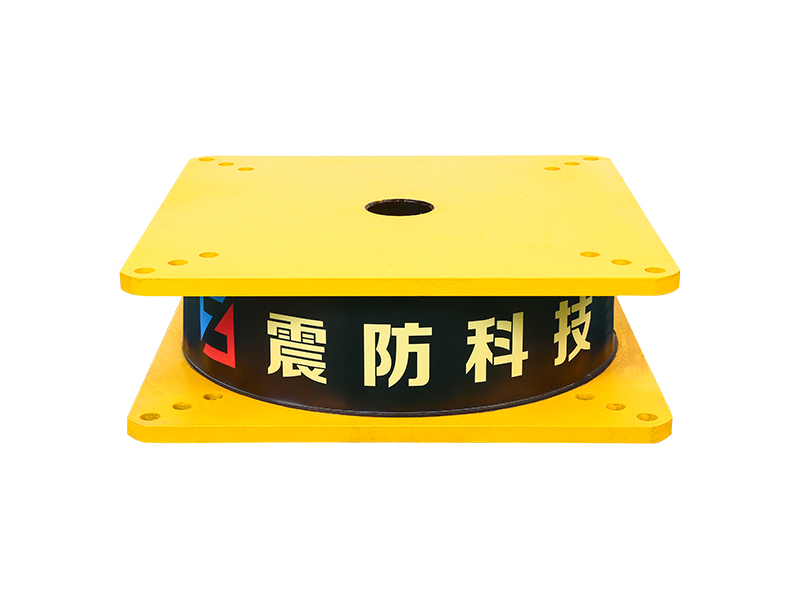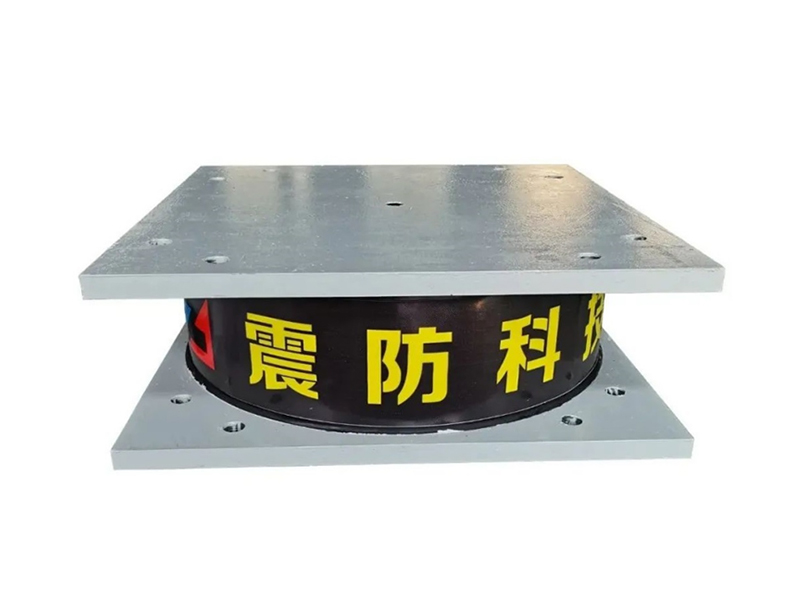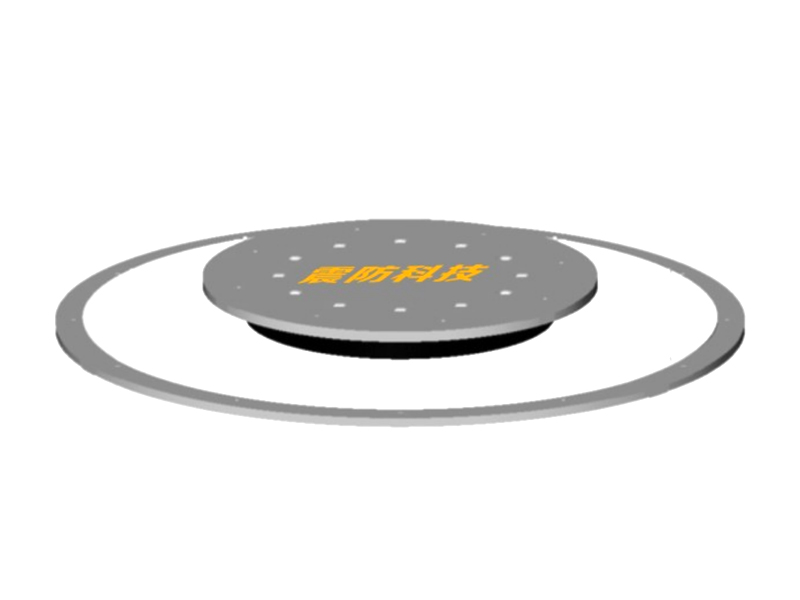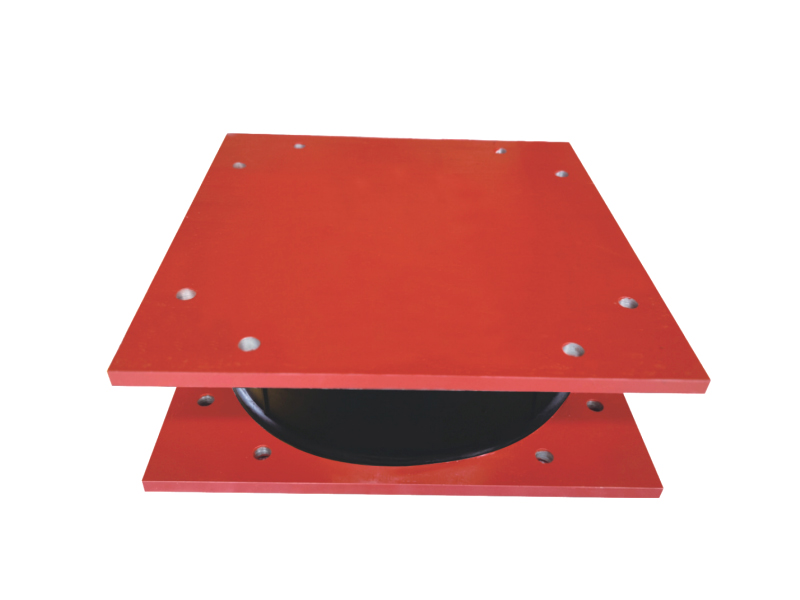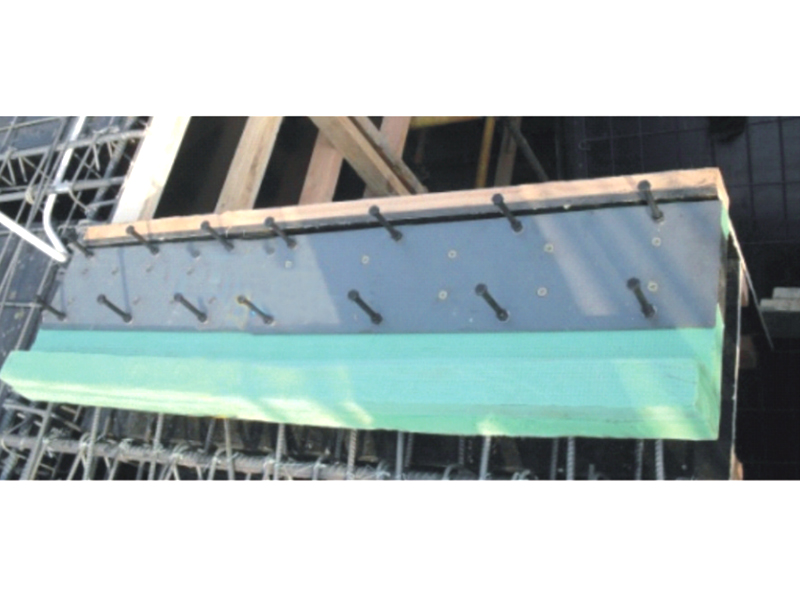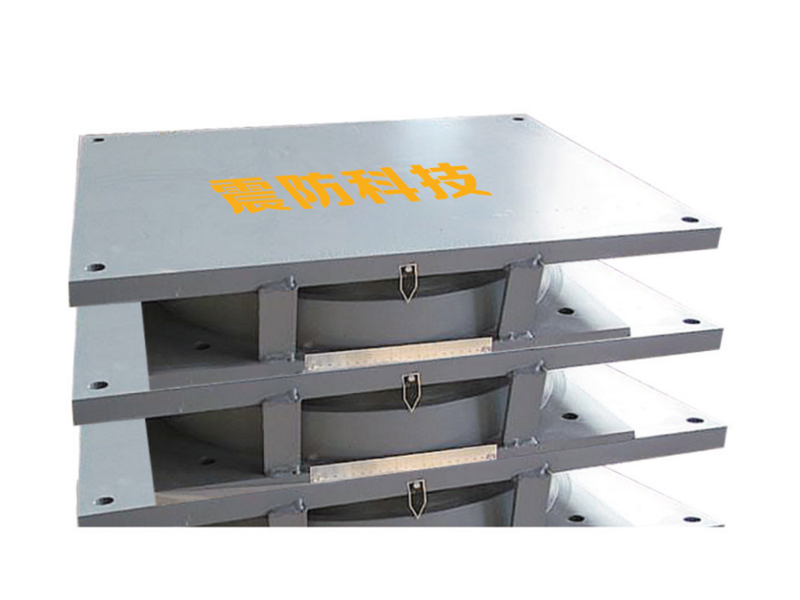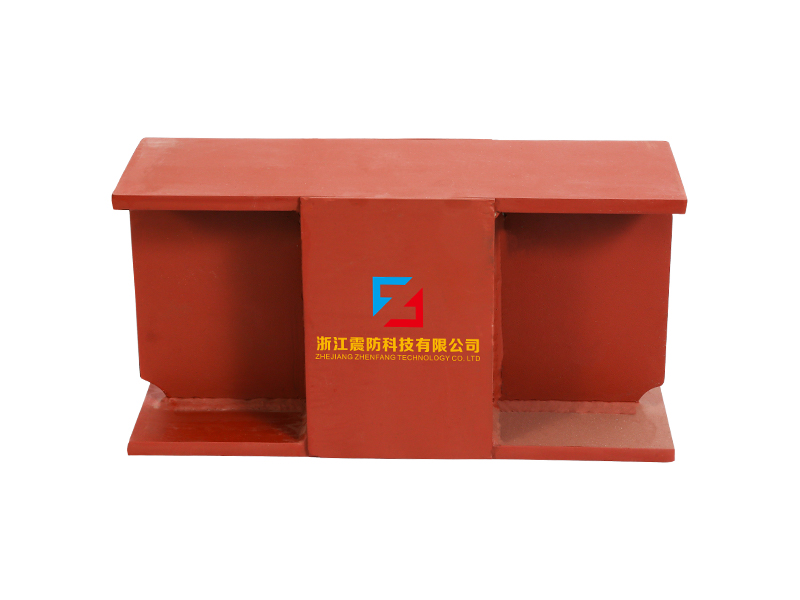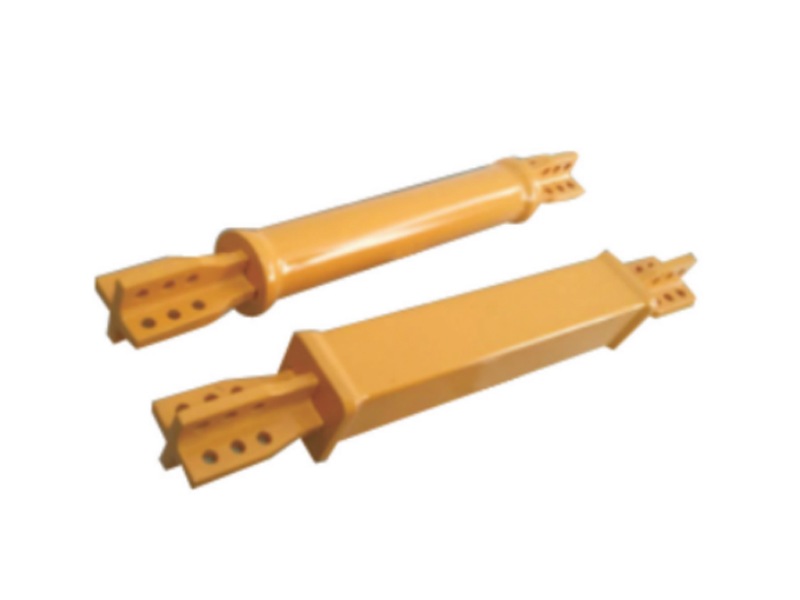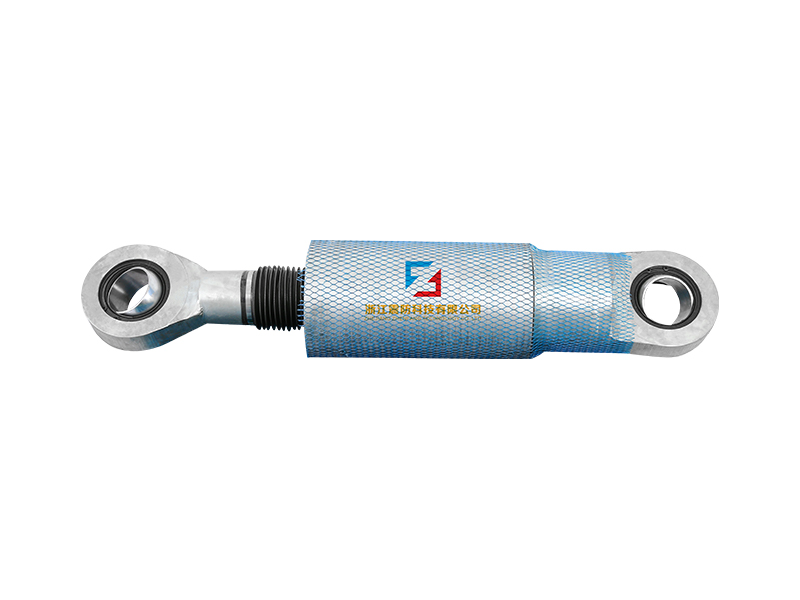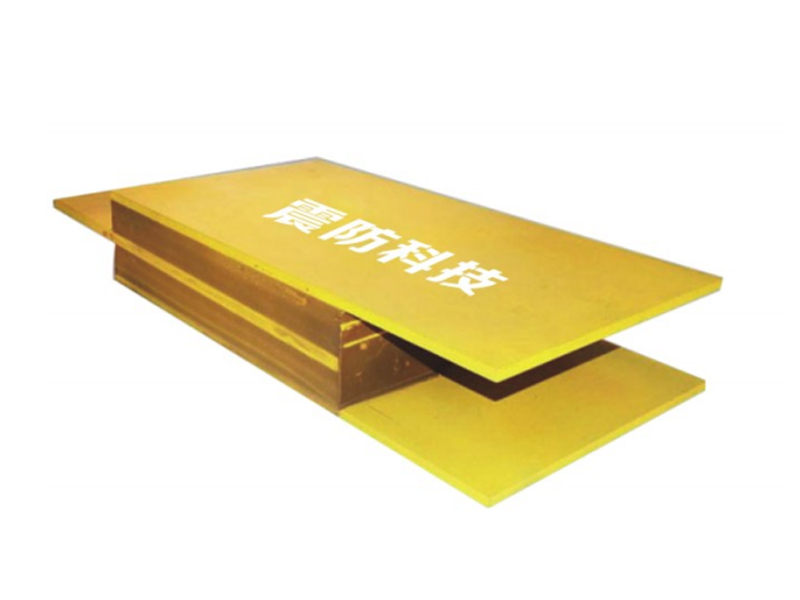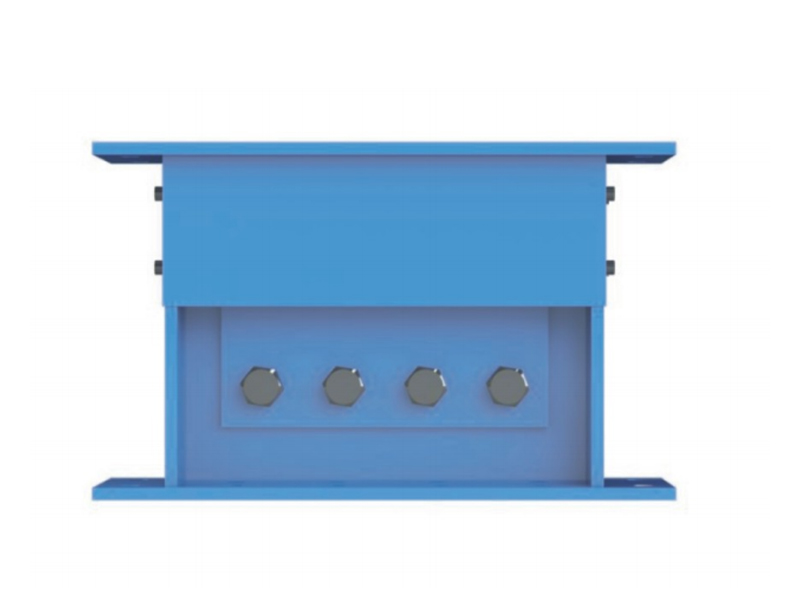The company has been adhering to the corporate tenet of "quality first, customer first", and sincerely welcomes domestic and foreign customers to visit and guide.
GET A QUOTEIn the ever-evolving field of civil engineering, seismic isolation technologies have emerged as critical tools for enhancing the resilience of buildings during earthquakes. Among these technologies, Building Vibration Seismic Isolation Rubber Bearings stand out as one of the effective and widely used solutions. These innovative components play a vital role in safeguarding structures by reducing the transmission of seismic forces from the ground to the building itself.
What Are Building Vibration Seismic Isolation Rubber Bearings?
Building Vibration Seismic Isolation Rubber Bearings are specialized devices installed between a building’s superstructure and its foundation. They are designed to absorb and dissipate the energy generated by seismic activity, effectively isolating the building from ground motion. Typically composed of alternating layers of rubber and steel, these bearings combine flexibility with strength, allowing buildings to move independently of the ground during an earthquake.
The rubber layers provide elasticity and damping characteristics, while the steel plates offer structural reinforcement. This layered construction enables the bearings to deform horizontally under seismic loads while supporting the vertical weight of the building.
How They Work
The primary function of Building Vibration Seismic Isolation Rubber Bearings is to reduce the acceleration and displacement transmitted to the building during an earthquake. By increasing the natural period of the structure, the bearings decrease its response to high-frequency ground motion. This is achieved through the following mechanisms:
Energy Dissipation: The rubber layers in the bearings act like shock absorbers, dissipating seismic energy through hysteresis.
Horizontal Flexibility: Allows the structure to sway gently without experiencing the full force of the quake.
Vertical Load Support: The internal steel reinforcements help the bearings support the heavy vertical loads of multi-story buildings.
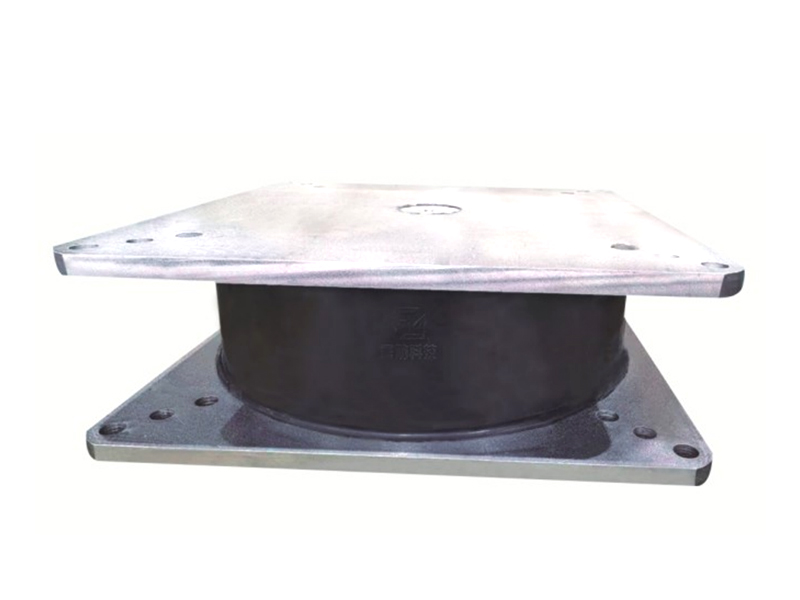
Advantages of Using Seismic Isolation Rubber Bearings
The implementation of Building Vibration Seismic Isolation Rubber Bearings offers numerous benefits:
Enhanced Structural Integrity: By limiting the amount of force transferred to the building, the bearings reduce the risk of structural damage.
Improved Occupant Safety: The isolation system protects not only the structure but also the people inside, reducing injuries and casualties during a seismic event.
Protection of Contents: Sensitive equipment, valuable inventory, and interior finishes are less likely to be damaged.
Extended Building Lifespan: Less structural stress during earthquakes means a longer functional life for the building.
Cost Efficiency in the Long Term: Although initial costs may be higher, the reduction in repair costs and insurance goods can make seismic isolation a cost-effective choice.
Applications in Modern Construction
Building Vibration Seismic Isolation Rubber Bearings have been widely used in various types of structures, from hospitals and schools to bridges and high-rise residential buildings. In earthquake-prone regions such as Japan, New Zealand, and parts of the United States, these bearings have become standard practice for new construction. They are also increasingly being used in retrofitting older buildings to bring them up to modern seismic safety standards.
For example, many critical facilities such as emergency response centers and data centers use Building Vibration Seismic Isolation Rubber Bearings to ensure uninterrupted operation during and after a major earthquake.
Design Considerations
When designing a building to incorporate Building Vibration Seismic Isolation Rubber Bearings, engineers must consider several factors:
Seismic Hazard Level: The anticipated intensity and frequency of earthquakes in the area.
Building Type and Use: The building’s function, occupancy, and structural configuration.
Load Requirements: The weight and load distribution the bearings must support.
Material Properties: The type and formulation of rubber used, as it affects performance under stress.
Advanced modeling and simulation software help engineers optimize the placement and specification of each rubber bearing for good effectiveness.
